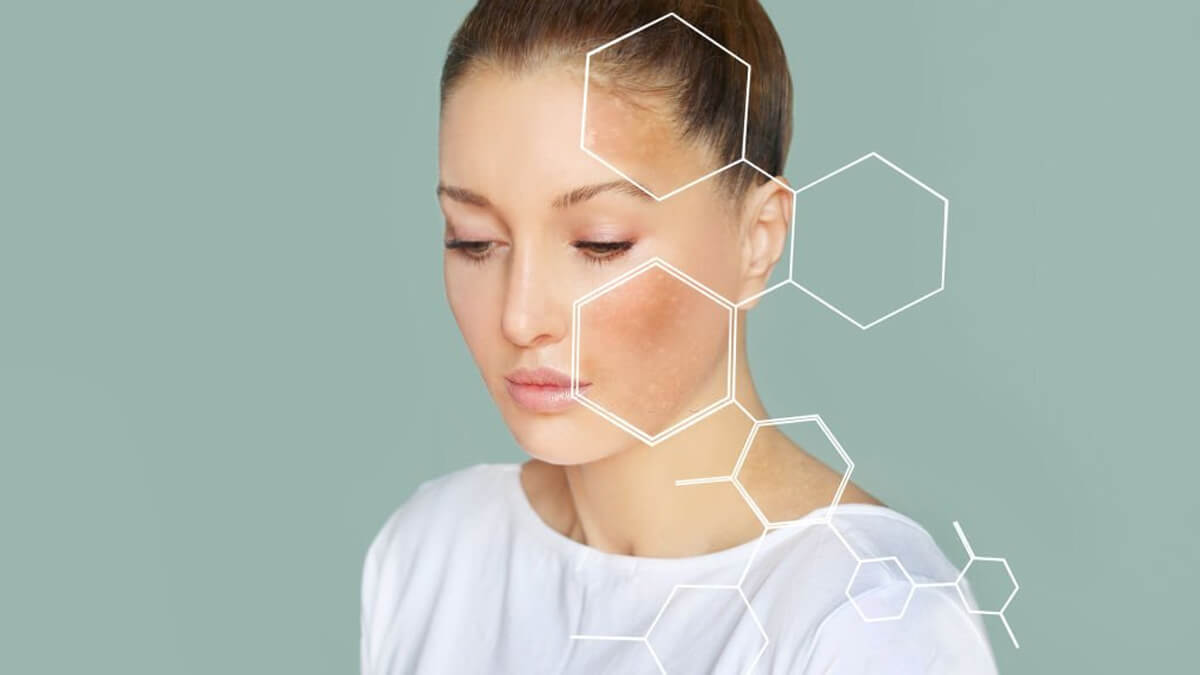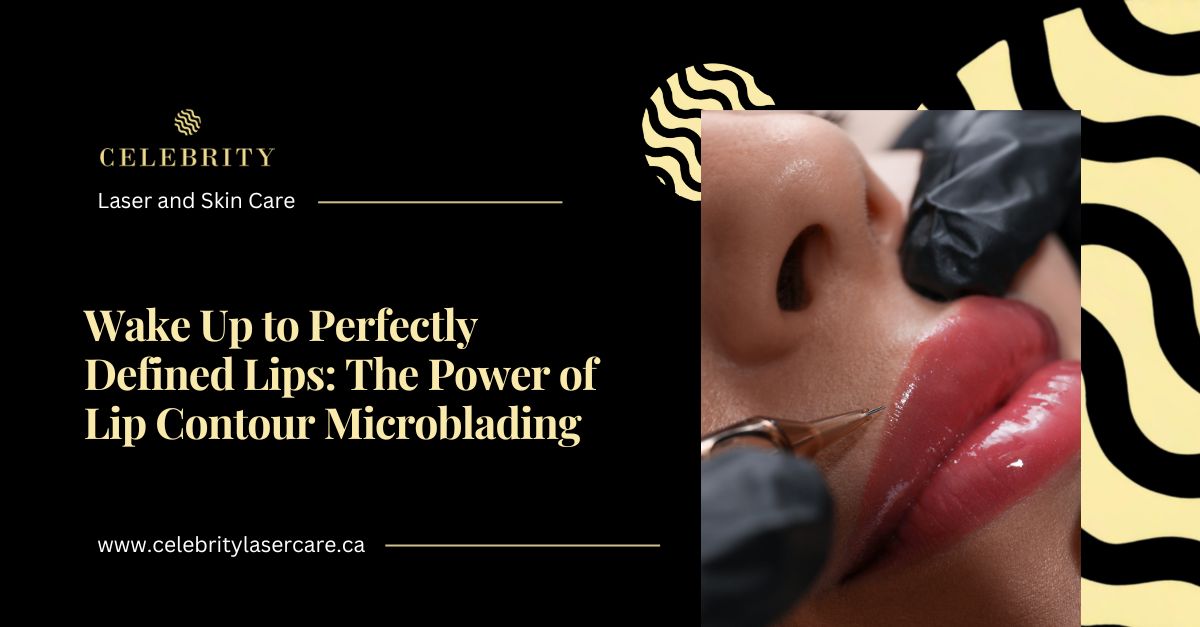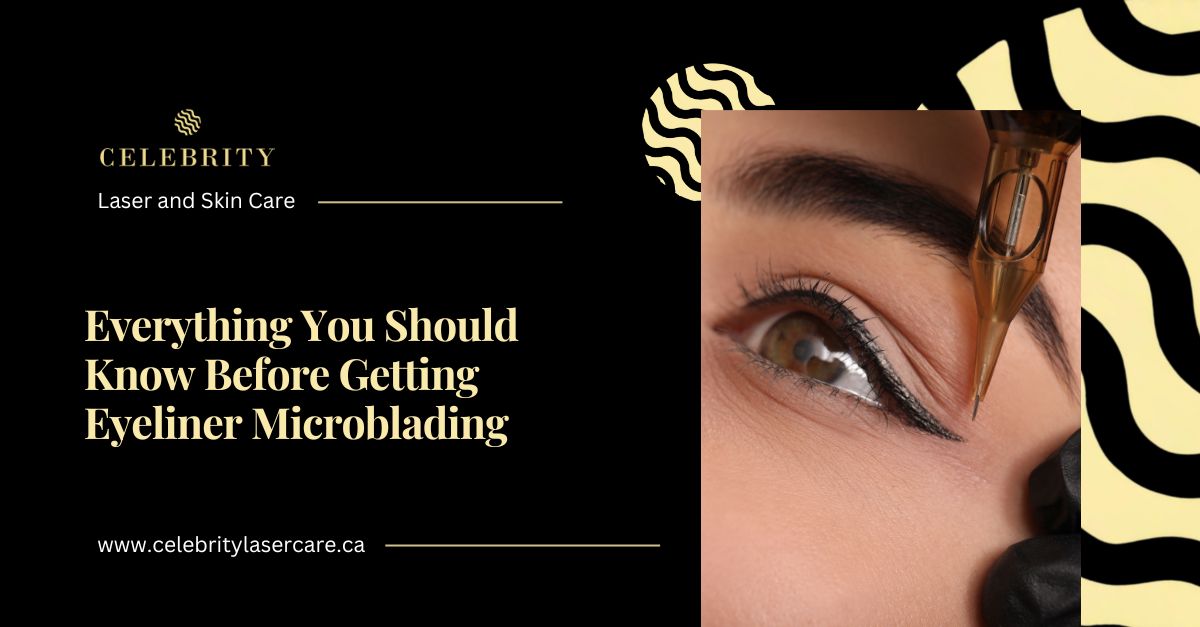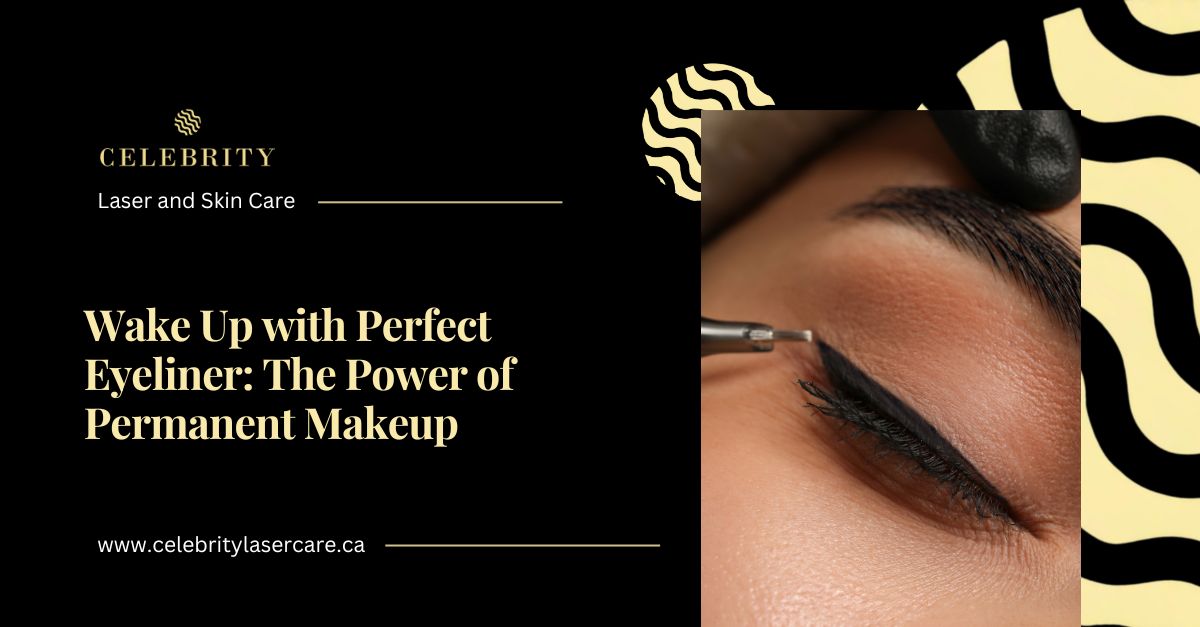Hyperpigmentation, also known as uneven skin pigmentation, is a frequent skin condition. Face, hands, and other regions of the body that are often exposed to the sun often develop dark spots or patches of skin called “age spots” or “sunspots.” You can prevent hyperpigmentation in the first place, and you can also make efforts after it has already occurred to decrease dark spots or patches. Melasma and sunspots, two types of hyperpigmentation, are more likely to appear on areas of the body exposed to the sun, such as the face, arms, and legs. Other types of hyperpigmentation, such as burns, acne, or lupus, might be caused by an injury or skin inflammation.
A little additional skin pigment is normally nothing to worry about, but it could be a sign of something more serious. The many types of hyperpigmentation and the factors that contribute to its development are discussed in this article
Various forms of hyperpigmentation
melasma, sunspots, and post-inflammatory hyperpigmentation are frequent forms of hyperpigmentation, but there are many more.
- Melasma: Hormonal changes are thought to be a contributing factor to melasma, which can manifest themselves during pregnancy. Melasma can occur on any part of the body, but it is most common on the stomach and face.
- Sunspots: Sunspots, which are also known as liver spots or solar lentigines, are a common occurrence. They’re related to long-term overexposure to the sun’s rays. Spots on the hands and face are the most common places to find them.
- Post-inflammatory hyperpigmentation: The hyperpigmentation that occurs after an infection or inflammation. This is the result of skin damage or inflammation. Acne is a common contributor to this condition.
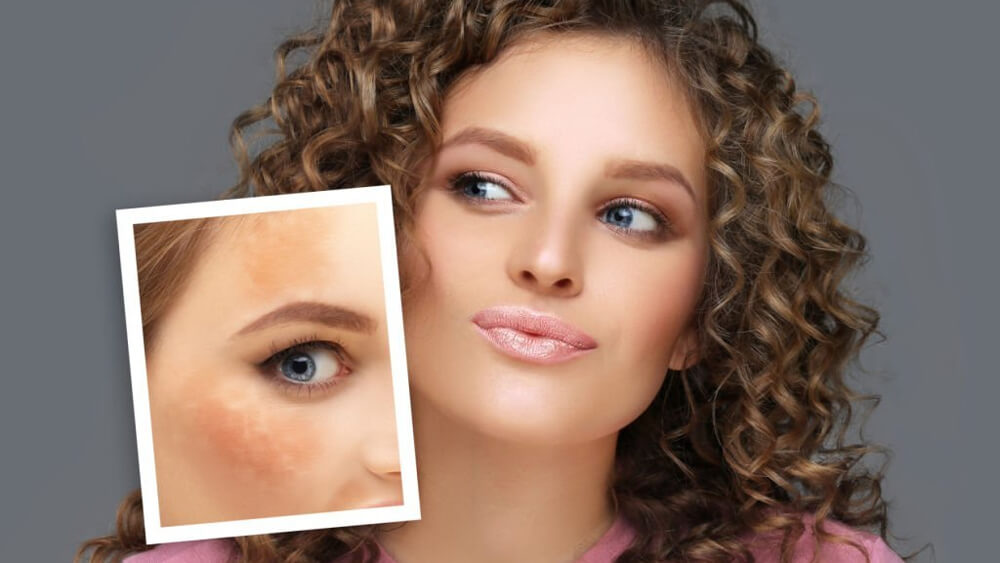
What is the treatment for hyperpigmentation?
As a result of hyperpigmentation, your doctor may recommend lifestyle changes such as:
- Staying out of the sun, applying sunscreen, and wearing protective clothing are all ways to prevent sunburn.
- Stopping any medicines that may cause hyperpigmentation.
- Increasing vitamin intake.
Moreover, topical therapy (creams or ointments you apply to your skin) may also be recommended by your healthcare provider:
- The active ingredient is azelaic acid
- Glycolic acid is a corrosive acid (alpha-hydroxy acid)
- Skin bleach
- Vitamin B3 or C (niacinamide)
Other treatments:
- Chemical peels.
- Limelight IPL.
- Laser skin resurfacing.
- Laser treatment for pigmented lesions.

Treating hyperpigmentation in Vancouver
Suppose you are looking for a treatment for hyperpigmentation. In that case, you are invited to a free consultation at Celebrity Laser Care, the best skin resurfacing center in Vancouver, as the first step in your skin journey. In this way, you’ll be able to learn a lot about your skin. You’ll learn everything you need to know about keeping your skin healthy during your first appointment. Finally, in order to address your skin concerns, your doctor will suggest a treatment plan that is unique to you.
